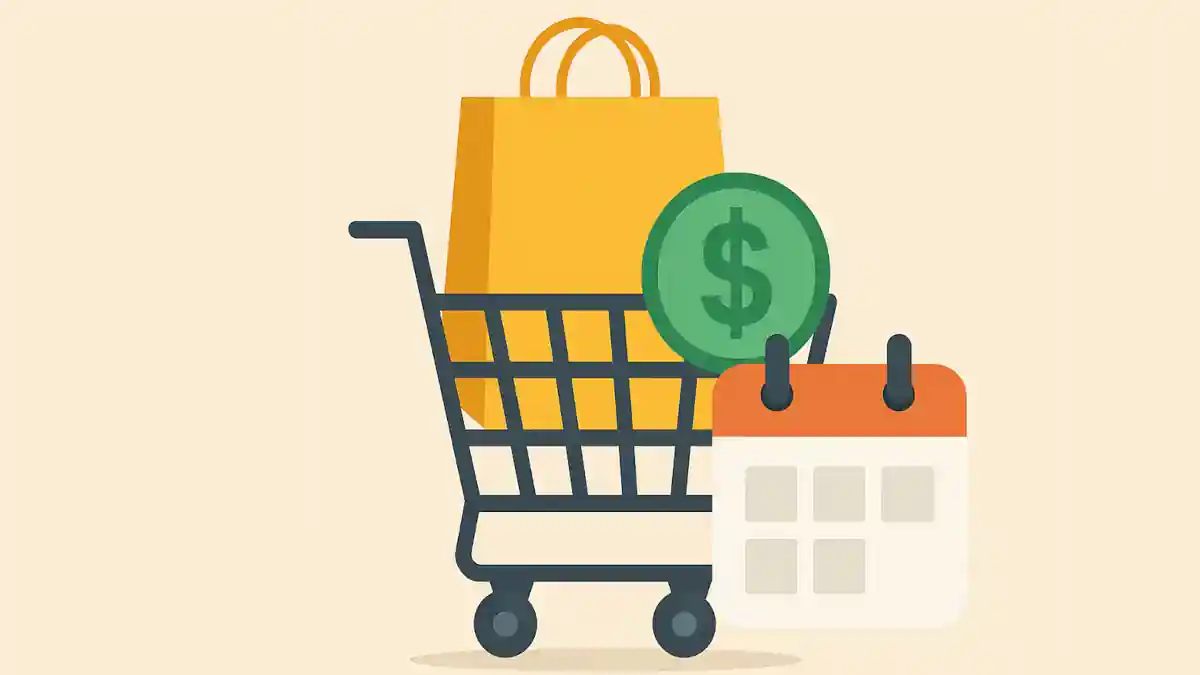Buy Now, Pay Later (BNPL) can be a helpful tool if used wisely. But it can also lead to overspending and debt if you’re not careful.

Smart Ways to Use BNPL
Buy Now, Pay Later works best when it’s used for essential purchases rather than impulse buys. It can be helpful for things like furniture, appliances, or equipment you need for work, but it’s not a great idea for items you don’t truly need. To get the most benefit, stick to interest-free plans and avoid options that tack on fees or high interest charges.
You can also make BNPL work in your favor by aligning your installments with your paycheck cycle, so the payments feel manageable. Setting up automatic payments is another smart move because it helps you avoid late fees and keeps your account in good standing. Before committing, compare prices just as you normally would. BNPL shouldn’t distract you from getting the best deal.
Another helpful strategy is to limit yourself to a single BNPL provider if possible. Keeping everything in one place makes it easier to track what you owe. Some providers even report on-time payments to credit bureaus, which can help you build credit. So it’s worth checking whether the one you use offers this feature.
Pitfalls to Avoid
The main danger with BNPL is overextending yourself. Having multiple plans at once can strain your budget, so try to avoid stacking too many. Hidden costs are another risk. Late fees, missed payment penalties, or automatic rollovers into high-interest financing can quickly make the purchase more expensive.
It’s also important to remember that BNPL doesn’t reduce the cost of what you’re buying. It simply spreads out the payments. It’s best not to rely on BNPL for bills like rent, utilities, or groceries, since that only pushes financial stress further down the road.
Golden Rule
If you wouldn’t feel comfortable putting the purchase on a credit card and paying it off in full by the end of the month, you probably shouldn’t be using BNPL for it either.